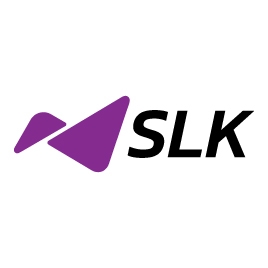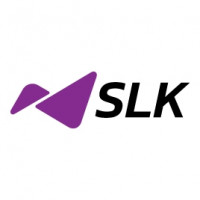Mainframe Modernization to Drive Digital Transformation

Strong 8k brings an ultra-HD IPTV experience to your living room and your pocket.
Businesses operating for over a decade are currently standing at a cross-road with their technology. Most enterprises have on-premise IT infrastructure to cater to their customers and internal needs. The heart of this infrastructure is the mainframe, the part that handles all the processing.
Upgrading these systems is highly cost-intensive and recurring over time, involving both Capital Expenditure and Operational Expenses. And 71% of Fortune 500 organizations rely on similar legacy systems for their core business operations (Microsoft).
However, emerging technologies present a more effective solution to this problem with cloud computing as the foundation. This is where the crossroads split into either continuing with their existing systems or turning towards cloud computing. The problem is not just limited to cost considerations but extends to many more factors, mostly in favor of emerging technologies like:
- On-demand scalability of infrastructure.
- Freedom from dependencies like maintenance, upgrades, and operating the physical infrastructure.
- Easy access to resources, services, and service providers due to standardization.
- Distributed architecture enabling faster, better, and more agile operations.
- Added security and assurance of infrastructure service provider.
And many more advantages. These essentially make legacy systems disadvantageous to use. However, most organizations are still working with legacy mainframe systems to operate. This is because mainframe modernization is not as straightforward as it seems.
The primary challenges faced by most organizations against modernizing their mainframes are the technology debt and accumulated data stores. Most legacy mainframes are based on age-old software development packages and obsolete languages incompatible with the latest technologies. Similarly, the data accumulated over the lifetime of the IT infrastructure is mostly compatible with legacy mainframe systems. So what can a business do to modernize its legacy systems and mainframe?
Hybrid Strategies
Mainframe modernization starts with the right strategy. While most enterprises are still working with legacy mainframe systems, 91% have shifted parts of their workloads to the cloud in some capacity (Gartner). This enables cost efficiency early by eliminating the lumpsum capital expenditure and distributing partly into operation costs over time. This enables a hybrid IT ecosystem that can leverage the power of emerging technologies and keep overall expenses low by letting the legacy systems run through their remaining lifetime.
The primary technical challenge is to get the technologies to work together. This is achieved by assessing and identifying mainframe applications, data, and processes that can work with emerging technologies. A similar assessment of the remaining components will reveal the ones that can be re-factored or recreated easily on the cloud platform. This will allow you to gradually shift workloads and data to the cloud. Thus, a phased approach can help you start taking advantage of the cloud while keeping the legacy systems live but limited.
Business Oriented Prioritization
One of the most important advantages of cloud computing is the business agility it enables. With a hybrid cloud system, some of these can be taken advantage of, and others can be implemented as a parallel in the legacy platform. Prioritizing these implementations and integrations should be based on business needs and attainable advantages. Here are a few of such implementations:
- Technology stack standardization using accelerators. Integrations like language/code conversion tools can help you achieve uniformity and interoperability for development and migration. This could be among the first big step to mainframe modernization since it will advance many critical moves.
- Setting up DevOps pipelines to enable software delivery automation. This can be extended to security and testing through SecOps, testing automation, and DevSecOps pipelines. It will help attain business agility and improve operational efficiency while also accelerating mainframe modernization efforts.
- Rearchitecting application ecosystem to enable APIs. This is important to take full advantage of DevOps agility and cloud computing. API enablement also makes security operations simpler and more manageable in contrast to traditional architecture.
Presented in the order of a systematic approach, they can be approached in any order depending on your resources and goals. Modernization of the mainframe is a long-term undertaking and should be aligned with the business. This will help gain business benefits that’ll help support the overall effort. For instance, you might want to start with API enablement to expand your services to third-party providers and/or connect other services into your ecosystem if that drives the maximum benefits or is the need of the hour.
Note: IndiBlogHub features both user-submitted and editorial content. We do not verify third-party contributions. Read our Disclaimer and Privacy Policyfor details.


